Hardrock Mining & Acid Mine Drainage
Constantine says they will restore the environment to its natural condition, but there is no evidence or good examples to show that this is even possible.
Acid Mine Drainage
Acid mine drainage is one of mining’s most serious threats to water.
The Environmental Protection Agency (EPA) defines acid mine drainage as the formation and movement of highly acidic water rich in heavy metals. This acidic water forms through the chemical reaction of surface water and shallow subsurface water with rocks that contain sulfur-bearing minerals, resulting in sulfuric acid.
The EPA estimates that mining has already contaminated streams in the headwaters of more than 40 percent of the watersheds in the American West.
Acid mine drainage is already a big issue in Alaska. An EPA dataset called the Toxics Release Inventory (TRI) indicated in 2016 that Kotzebue produced the most toxics of any community in America. This was attributed to 756 million pounds of toxic chemicals from one of the world’s largest zinc and lead mines, the Red Dog Mine, which is located about 80 miles north of Kotzebue.

“Due to the severity of water quality impacts from acid mine drainage, many hardrock mines across the west require water treatment in perpetuity” — which means “forever.” Forever is a long time.
Source: Earthworks Acid Mine Drainage
The True Cost of Acid-generating Mines
-
$30,000 per day: the cost to capture and treat acid mine drainage from the Summitville mine in Colorado, where all biological life was killed off in a 17-mile stretch of the Alamosa River.
-
Brohm mine in South Dakota was abandoned by the Dakota Mining Co., leaving the state of South Dakota with $40 million in reclamation costs– largely due to acid mine drainage.
-
Zortman Landusky mine left Montana with millions of dollars in water treatment costs when the mining company filed for bankruptcy.
Alaska Metal Mine Report Findings
The report is an extensive review of state and federal documents on Alaska’s five major operating hardrock mines: Red Dog, Fort Knox, Pogo, Kensington and Greens Creek. It found that metal mining is the leading source of toxic releases in Alaska, as well as the United States overall.
During Constantine’s 2024 Palmer Project presentations, they claimed to be providing solutions for a green energy initiatives. Let’s make one thing clear: there is nothing “green” about sulfide mines. Even with existing technology, stopping acid mine drainage once the reaction begins is virtually impossible.






